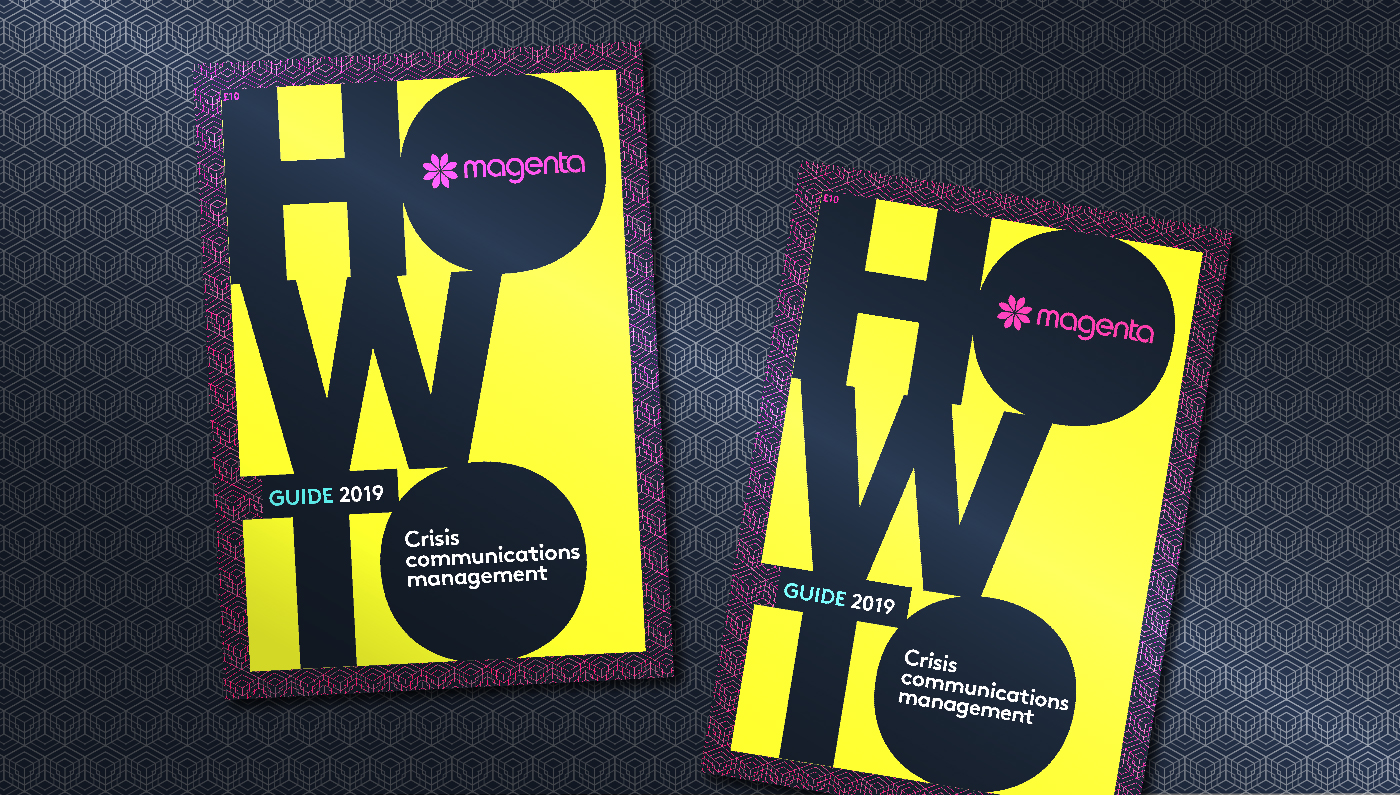 From the FIFA corruption allegations to the furore over Jeremy Clarkson’s departure from the BBC’s Top Gear, scandal sells news, which is why there is a whole sector within the PR industry devoted specifically to managing a client crisis. In this guide, we outline the type of crisis you’re most likely to encounter within the built environment, suggest ways of managing the situation while in the eye of the storm and offer some practical ways you can prepare for any eventually.
From the FIFA corruption allegations to the furore over Jeremy Clarkson’s departure from the BBC’s Top Gear, scandal sells news, which is why there is a whole sector within the PR industry devoted specifically to managing a client crisis. In this guide, we outline the type of crisis you’re most likely to encounter within the built environment, suggest ways of managing the situation while in the eye of the storm and offer some practical ways you can prepare for any eventually.
Crisis communications doesn’t just apply to headline-grabbing controversies. Within the built environment a seemingly low-key issue, if left unchecked, can boil over into full blown crisis that damages the standing of the organisation. For example, a services supplier took over a new contract and along with the staff, inherited an ongoing industrial dispute. This resulted in them not only being embroiled in a costly strike, but being dragged through the mud as an unfair employer.
In another scenario, a maintenance company was criticised roundly in the press when it was discovered that every time it changed a set of lightbulbs within a large public sector building this cost the tax payer thousands of pounds. The fault lay in the original design of the lighting, not the M&E contractor, but they still received the criticism. And in a sector where a good reputation is a fundamental ingredient to attracting and retaining business, this could drastically impact on the bottom line.
A potential crisis may include, but is not limited to:
- Any media enquiry however apparently innocent
- An accident or dangerous occurrence as defined within the Reporting of Injuries Diseases and Dangerous Occurrences Regulations (Riddor)
- An incident which involves the emergency services, particularly the police
- Threat by customer or employee to contact the press
- Terrorism threat/bomb scare
- Serious attack on an employee
- Staff dispute with management
- Asylum and immigration issues
Any of these issues can result in a storm of negative publicity, which must be managed carefully to avoid it blowing up into a major crisis. This is why it is crucial is available to field calls from the media and make sure that everyone within the client organisation is kept informed. To avoid any potential crisis comms and PR nightmares, follow these following steps:
- In the same way that most responsible organisations have a risk management strategy in place, this same goes for a crisis policy. And the key thing here is to establish that in the event of a potential crisis, who exactly is in charge, who makes the key decisions and who speaks to the press?
- A crisis communications policy should be written so that everyone can draw from it, should a crisis ensue. Once this document has been drafted, ensure all parties are aware of the policy and their role in it and don’t just draft it and stick it in a drawer. Things will inevitably change within the organisation so ensure you review the policy annually, or following a crisis, if appropriate. Statements are an intrinsic part of the crisis communication process, so create draft specimen statement and ensure sign-off from all relevant bodies so the document is ready to release as soon as it’s needed.
- It’s important to both access the potential damage after an incident and use it as a way of improving on the way crisis communications are managed in the future. After every media incident, consider whether it could have been handled better, or whether any of the processes can be improved.
To find out more about Magenta’s crisis comms offering, get in touch at info@magentaassociates.co.uk
Keep up with the Magenta team online here: Twitter / Facebook / LinkedIn / Instagram








